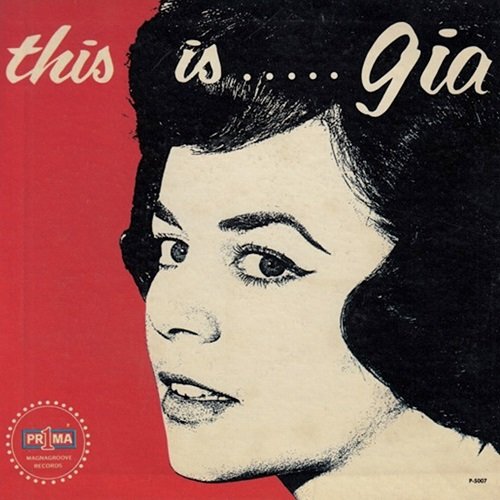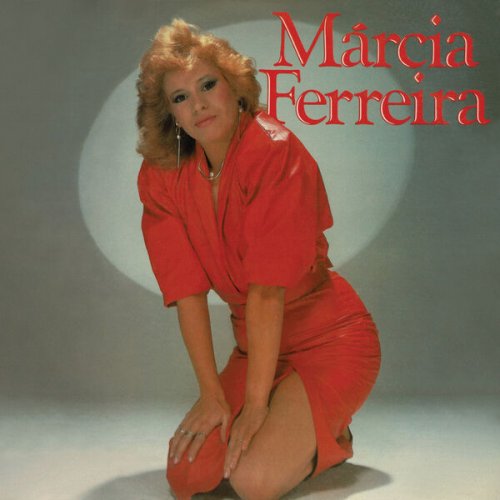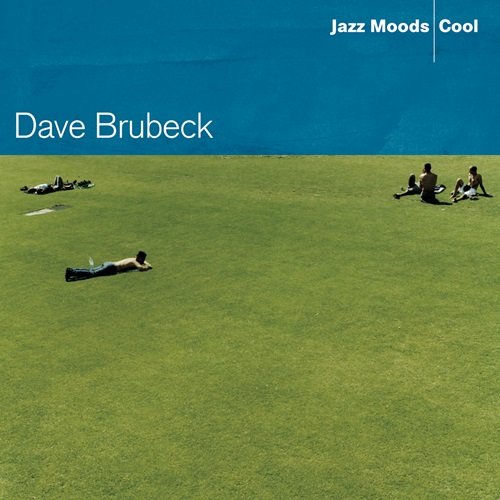Georg Nigl, Ensemble Modern, Franck Ollu - Heiner Goebbels: Landschaft mit entfernten Verwandten (2007)
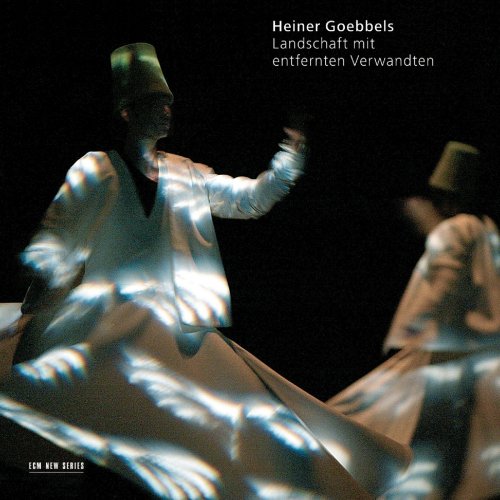
Artist: Georg Nigl, Ensemble Modern, Franck Ollu
Title: Heiner Goebbels: Landschaft mit entfernten Verwandten
Year Of Release: 2007
Label: ECM New Series
Genre: Classical
Quality: FLAC (tracks) / MP3 320 Kbps
Total Time: 01:19:39
Total Size: 470 Mb / 213 Mb
WebSite: Album Preview
Tracklist: Title: Heiner Goebbels: Landschaft mit entfernten Verwandten
Year Of Release: 2007
Label: ECM New Series
Genre: Classical
Quality: FLAC (tracks) / MP3 320 Kbps
Total Time: 01:19:39
Total Size: 470 Mb / 213 Mb
WebSite: Album Preview
Part One
1. Il Y A Des Jours 1:52
2. Non Sta 0:48
3. The Sirens 2:17
4. Ove È Dunque 2:46
5. Les Inachevés 1:05
6. Tanz Der Derwische / Emplie De 8:25
7. In The 19th Century 2:50
8. Triumphal March 5:42
9. Homme-Bombe 2:06
10. Schlachtenbeschreibung 9:01
11. Well Anyway 1:54
12. Did It Really Happen? 2:16
13. Kehna Hi Kya 3:16
14. Et C’est Toujours 2:52
Part Two
15. Il Y A Des Jours 3:09
16. La Fronde À Hommes 2:22
17. Just Like That 1:52
18. Bild Der Städte 1:30
19. Ich Leugne Nicht Die Unterscheidung 2:52
20. Krieg Der Städte 1:41
21. On The Road 2:42
22. And We Said Good Bye 0:38
23. On The Radio 1:54
24. Different Nations 2:05
25. Out Where The West Begins / Train Travelling 2:26
26. Je Ne Voyage Plus / Freight Train 4:36
27. Principes 4:41
Performers:
David Bennent, voice
Georg Nigl, baritone
Ensemble Modern
Deutscher Kammerchor
Franck Ollu, conductor
This recording chronicles the incidental music to Heiner Goebbels’s theatrical juggernaut, Landscape with Different Relatives, a much-lauded work that premiered in 2002. Billed as an opera for soloists, choir, and ensemble with texts by Gertrude Stein, Giordano Bruno, Arthur Chapman, Henri Michaux, T. S. Eliot, Leonardo da Vinci, and Nicolas Poussin, it includes mostly composed material with a mickey of improvisation slipped in. Both modes are taken up with gusto by the Ensemble Modern under the direction of Franck Ollu.
The composer’s polyglot approach to text reveals itself also in the music, which pins a wide-ranging geography of crumbling modernities. Like its librettic assemblage, the listener is eased into the work from the outside in. From above, one sees it divided into two parts. Seemingly disconnected in shape, the first contorts itself around all manner of war machinery while the second sees the body as machine and itemizes the internal workings of that most familiar technology. Closer inspection reveals a kinship between the two halves beyond the grasp of mere words. Both begin with the same introduction, for instance, adding only speech to the second iteration, as if the conscience of the opera’s former half were being revived.
Part One thus inaugurates its concerns without voice. In a bed of organ, flute, and oboe, an electronic beep signals a message waiting to be heard before a wash of light shuttles the listener across narrow waterways into “The Sirens.” Here the vagaries of disgust are re-spun into catalysts, an interweaving of social stereotypes brought home by threats of destruction. Out of this swarm come multiple catharses. Dreamlike and fluid, they imagine procreation in lilting brass and, most notably, in the heavenward flute of “Tanz der Derwische,” one of three centerpieces. Drums and clarinet part the sky to reveal another, a parallel universe where the dead walk as if unscathed as gorgeous improvisations from the clarinetist interact with muted brass. “In the 19th Century” brings science under the lens of its own microscope and questions, as might Foucault, the dangers of expertise. “Triumphal March” is the second centerpiece. An obsessive mélange of lists and figures—and, by extension, of utility and servitude—it builds a monument to interrogation and crushes it to dust. “Schlachtenbeschreibung” is the final centerpiece. It’s title (Battle description) can be said to be the opera’s theme, layering as it does the grids of land and collateral damage that betray any ideological motivations lurking within terror. The playfulness of the instrumental arrangement here suggests a lost art and imbues baritone Georg Nigl with just the agitation he needs to carry off the words. Da Vinci’s pedantry, which guides artists in the depictions of battle scenes, lends a strangely categorical air, adding contrast to the fin de siècle politics that precede it. The ping-ponging of electronic and acoustic beats suggests confusion between the peace and antagonism of “Well Anyway,” which conflates revolution with sustenance, and celebrates the ability to shed tears. “Did It Really Happen?” further addresses the divide between historical revisionism and denial, and pulls the strings of the past clearly into the fray of the present, while “Kehna hi kya” haunts the center with its shrill plucked strings and local flourishes. The latter suggest a cultural archive, packaged and presented to the transient tourist. “Et c’est toujours” (And it is always…) addresses another gap, this between industry and flesh, between art and the earthen origins from which it is produced. It is the twist of a rind in the eye, a squinting of soul into eclipsed sun.
Part Two continues the opera’s marriage of modern and traditional instruments, consolidating many candles into a single flame. As emblematically in the feudalistic satire of “Just Like That,” it plays with minimalism (“Bild der Städte”), bricolage politics (“Krieg der Städte”), travel (“On the Road”), social awkwardness (“And We Said Good Bye”), communication (“On the Radio”), and even delves into a bit of Americana with “Out Where The West Begins,” replete with banjo and wagon procession. This blends into “Train Travelling,” about which the voiceover says, “The irregularity of its regularity is fascinating.” An overarching aesthetic of the opera if ever there was one.
Much of this second half delves deeper into notions of language and category, as in “Ich leugne nicht die Unterscheidung” (I do not deny the distinction), which understands the difference between destruction wrought by hand and by technological intervention, even as it washes both in the same descriptive waters. Such juxtapositions breed nostalgia through lenses of regret and distant complicities. Life takes its path abjectly. The deaths of animals loom as large as those of humans and round the jagged edges of the voices’ autobiographical disguises. Commanding and conquering can occur only where there are speech acts to back them up, and “Different Nations” gives a catalogue of call signs that lend vivid color to the connection between diplomacy and violence. Hence the ultimate arrival of the “Principes,” each a window into the soul that waters ambient soil. This final dronescape hosts only those voices that linger after all the others have expended their welcome. Welcome to their requiem.
The composer’s polyglot approach to text reveals itself also in the music, which pins a wide-ranging geography of crumbling modernities. Like its librettic assemblage, the listener is eased into the work from the outside in. From above, one sees it divided into two parts. Seemingly disconnected in shape, the first contorts itself around all manner of war machinery while the second sees the body as machine and itemizes the internal workings of that most familiar technology. Closer inspection reveals a kinship between the two halves beyond the grasp of mere words. Both begin with the same introduction, for instance, adding only speech to the second iteration, as if the conscience of the opera’s former half were being revived.
Part One thus inaugurates its concerns without voice. In a bed of organ, flute, and oboe, an electronic beep signals a message waiting to be heard before a wash of light shuttles the listener across narrow waterways into “The Sirens.” Here the vagaries of disgust are re-spun into catalysts, an interweaving of social stereotypes brought home by threats of destruction. Out of this swarm come multiple catharses. Dreamlike and fluid, they imagine procreation in lilting brass and, most notably, in the heavenward flute of “Tanz der Derwische,” one of three centerpieces. Drums and clarinet part the sky to reveal another, a parallel universe where the dead walk as if unscathed as gorgeous improvisations from the clarinetist interact with muted brass. “In the 19th Century” brings science under the lens of its own microscope and questions, as might Foucault, the dangers of expertise. “Triumphal March” is the second centerpiece. An obsessive mélange of lists and figures—and, by extension, of utility and servitude—it builds a monument to interrogation and crushes it to dust. “Schlachtenbeschreibung” is the final centerpiece. It’s title (Battle description) can be said to be the opera’s theme, layering as it does the grids of land and collateral damage that betray any ideological motivations lurking within terror. The playfulness of the instrumental arrangement here suggests a lost art and imbues baritone Georg Nigl with just the agitation he needs to carry off the words. Da Vinci’s pedantry, which guides artists in the depictions of battle scenes, lends a strangely categorical air, adding contrast to the fin de siècle politics that precede it. The ping-ponging of electronic and acoustic beats suggests confusion between the peace and antagonism of “Well Anyway,” which conflates revolution with sustenance, and celebrates the ability to shed tears. “Did It Really Happen?” further addresses the divide between historical revisionism and denial, and pulls the strings of the past clearly into the fray of the present, while “Kehna hi kya” haunts the center with its shrill plucked strings and local flourishes. The latter suggest a cultural archive, packaged and presented to the transient tourist. “Et c’est toujours” (And it is always…) addresses another gap, this between industry and flesh, between art and the earthen origins from which it is produced. It is the twist of a rind in the eye, a squinting of soul into eclipsed sun.
Part Two continues the opera’s marriage of modern and traditional instruments, consolidating many candles into a single flame. As emblematically in the feudalistic satire of “Just Like That,” it plays with minimalism (“Bild der Städte”), bricolage politics (“Krieg der Städte”), travel (“On the Road”), social awkwardness (“And We Said Good Bye”), communication (“On the Radio”), and even delves into a bit of Americana with “Out Where The West Begins,” replete with banjo and wagon procession. This blends into “Train Travelling,” about which the voiceover says, “The irregularity of its regularity is fascinating.” An overarching aesthetic of the opera if ever there was one.
Much of this second half delves deeper into notions of language and category, as in “Ich leugne nicht die Unterscheidung” (I do not deny the distinction), which understands the difference between destruction wrought by hand and by technological intervention, even as it washes both in the same descriptive waters. Such juxtapositions breed nostalgia through lenses of regret and distant complicities. Life takes its path abjectly. The deaths of animals loom as large as those of humans and round the jagged edges of the voices’ autobiographical disguises. Commanding and conquering can occur only where there are speech acts to back them up, and “Different Nations” gives a catalogue of call signs that lend vivid color to the connection between diplomacy and violence. Hence the ultimate arrival of the “Principes,” each a window into the soul that waters ambient soil. This final dronescape hosts only those voices that linger after all the others have expended their welcome. Welcome to their requiem.
![Tomasz Stańko - Piece for Diana and Other Ballads (Polish Radio Sessions vol. 1/6) (2025) [Hi-Res] Tomasz Stańko - Piece for Diana and Other Ballads (Polish Radio Sessions vol. 1/6) (2025) [Hi-Res]](https://www.dibpic.com/uploads/posts/2025-12/1765788761_cover.jpg)

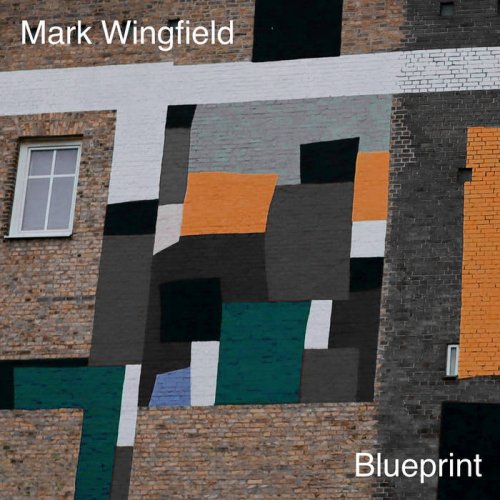
![Mark Northam - More Music From The Pixar Films For Solo Piano (2025) [Hi-Res] Mark Northam - More Music From The Pixar Films For Solo Piano (2025) [Hi-Res]](https://img.israbox.com/img/2025-12/17/qc8ci6ocl25zt4m9ojnjn3k2k.jpg)

